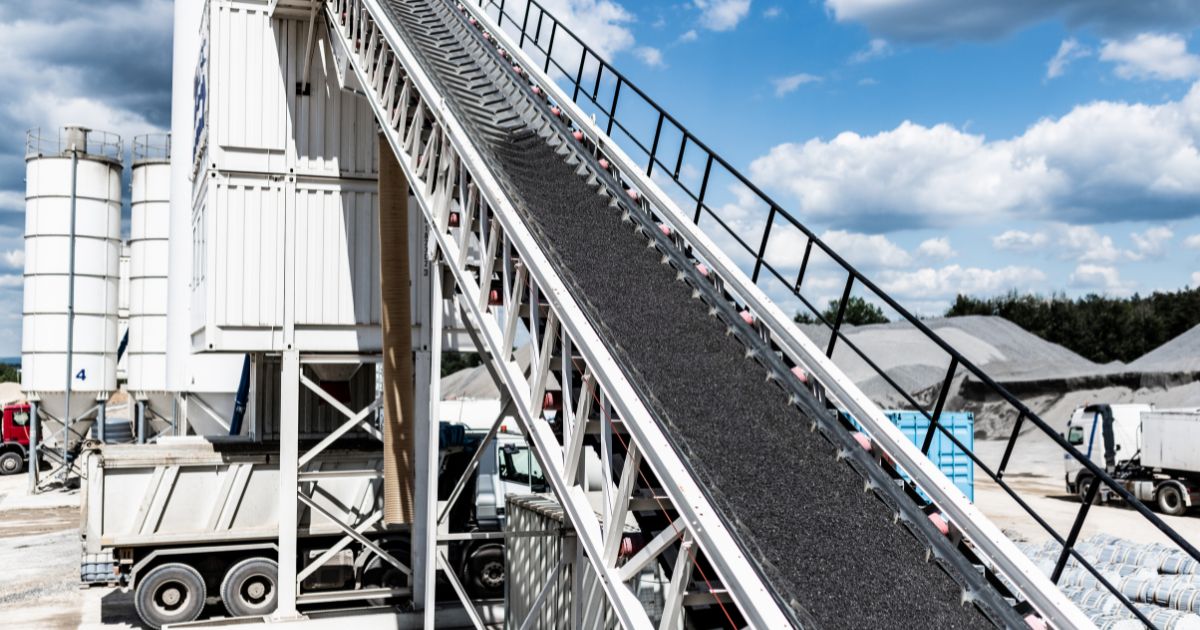Flat, accessible construction sites represent the ideal scenario that project planners wish for but don’t always get. When terrain throws complications into the mix – slopes, soft ground, rocky conditions, or limited access – the entire construction approach needs adjustment. Equipment that works perfectly on prepared, level ground becomes inadequate or impossible to use. Material handling methods that seem straightforward suddenly require creative solutions. Sequencing that makes sense on flat sites needs complete rethinking. Understanding these differences helps contractors plan properly rather than discovering problems after work begins.
The gap between building on ideal versus difficult terrain isn’t just about working harder or slower. It’s about fundamentally different approaches to logistics, equipment selection, and work sequencing. Projects that fail to account for these differences early end up with costly delays, equipment stuck or damaged, and crews standing idle while problems get sorted out. Smart planning that acknowledges terrain realities from the start prevents most of these issues.
Material Delivery and Staging Changes
On flat sites with good access, material delivery is straightforward. Trucks pull up near where materials will be used, unload directly, and leave. Staging areas sit adjacent to work zones. Materials move short distances from delivery to installation.
Difficult terrain breaks this simple model. Delivery trucks might not reach the actual construction area due to slopes, soft ground, or narrow access routes. This creates a gap between where trucks can go and where materials need to end up. Bridging that gap requires planning and equipment that flat-site construction doesn’t need.
Staging areas might sit far from work zones, requiring multiple material moves instead of direct placement. Slopes mean materials can’t just sit in piles – they need securing or leveling to prevent shifting. Soft ground requires preparation or equipment with low ground pressure to avoid materials sinking or equipment getting stuck.
The time and labor for material handling multiplies compared to flat sites. A project that needs two workers moving materials on level ground might need four or five on sloped terrain, plus equipment for moves that would be manual on flat ground. This labor and equipment cost needs accounting for during bidding and scheduling.
Equipment Selection for Ground Conditions
Standard construction equipment assumes reasonably firm, relatively level ground. Excavators, loaders, and material handlers work efficiently under these conditions. But take that same equipment onto steep slopes or soft ground and problems appear quickly.
Slopes affect stability and safe operation angles. Equipment rated for level ground might be unsafe on even moderate inclines. Reaching and lifting capacities change when machines operate on angles. Some equipment simply can’t work safely beyond certain slope degrees, requiring different machinery or work methods.
Soft or unstable ground creates traction and sinking issues. Heavy equipment breaks through surfaces that seem solid, getting stuck and causing damage that delays work. Low ground-pressure equipment or ground preparation becomes necessary before standard machinery can operate. When projects require moving materials across challenging terrain, contractors often turn to purpose-built solutions such as an all terrain concrete conveyor designed specifically to navigate conditions where conventional equipment struggles or fails entirely.
Rocky or extremely hard ground requires different cutting and excavation equipment than softer soils. Standard digging equipment might be inadequate, requiring specialized attachments or completely different machines. The cost and time difference between easy and difficult digging conditions is substantial.
Access Route Planning and Maintenance
Flat sites usually need minimal access route preparation. Ground supports traffic naturally or with light grading. Routes stay stable throughout construction without significant maintenance.
Difficult terrain demands careful access planning. Routes might need significant grading, stabilization, or reinforcement to support construction traffic. Steep access roads require proper drainage to prevent washouts. Soft ground needs stabilization or temporary roadway installation.
These access routes need ongoing maintenance through construction. Weather affects difficult terrain routes more severely than flat, paved access. Heavy equipment traffic degrades marginal routes quickly. Budget and schedule must account for access maintenance, not just initial preparation.
Limited access creates bottlenecks. If only one narrow route reaches the site, deliveries and equipment movements must sequence carefully to avoid blocking access. This affects scheduling in ways that sites with multiple access points don’t experience.
Foundation and Site Preparation Complications
Level sites allow straightforward foundation work. Excavation depths stay consistent. Formwork sits easily. Equipment positions wherever needed.
Sloped sites complicate every aspect of foundation work. Stepped footings or specialized foundation designs replace simple flat foundations. Excavation depths vary across the building footprint. Formwork requires leveling and bracing that flat sites don’t need. The labor hours for foundation work multiply.
Site grading and preparation takes longer and costs more on difficult terrain. Creating level work areas means moving more earth. Retaining walls or terracing might be necessary. Drainage becomes critical where slopes concentrate water flow. These site prep costs can exceed the entire foundation cost on flat ground.
Soil conditions often correlate with difficult terrain. Rocky areas that create slopes also mean harder excavation. Unstable soils that create soft ground also affect foundation design. The terrain difficulties compound rather than existing in isolation.
Work Sequencing and Phasing Adjustments
Flat site construction follows fairly standard sequencing. Work proceeds logically from one area to another. Access remains available throughout most phases. Material staging adjusts easily as work advances.
Difficult terrain forces more careful sequencing. Some areas might only be accessible during certain construction phases. Building one section might block access to another, requiring work completion before moving on. This reduces flexibility and can extend schedules even when individual tasks don’t take longer.
Equipment movement between work areas takes more time and planning. Moving a crane or large equipment across flat sites is straightforward. Moving the same equipment up slopes, across soft ground, or through tight access requires more time and sometimes specialized transport. This affects how long equipment stays on site and when it’s available.
Weather impacts difficult terrain construction more severely. Rain that barely affects flat site work can shut down sloped site work due to erosion and access issues. Schedules need larger weather contingencies. Seasonal restrictions might apply where flat sites could work year-round.
Safety Considerations and Protocols
Working on slopes or unstable ground increases safety risks. Equipment tipover potential rises. Material storage becomes hazardous if items can shift or roll. Access routes create slip and trip hazards that level walking surfaces don’t present.
Additional safety equipment and measures become necessary. Fall protection requirements extend to areas that wouldn’t need them on flat sites. Traffic control on sloped access roads needs more attention. Material securing methods must prevent shifting or rolling.
Safety measures take time and cost money. More extensive daily site inspections, additional safety equipment, and extra safety training all add to project costs. Some contractors underestimate these soft costs when bidding difficult terrain projects.
Emergency access matters more on difficult sites. Getting injured workers or responding to emergencies takes longer when sites aren’t easily accessible. This affects safety planning and might require dedicated emergency access routes or equipment.
Cost and Schedule Reality
The combined effect of all these factors means difficult terrain construction costs more and takes longer than equivalent flat site work. How much more depends on specific conditions, but 20-40% increases aren’t unusual for significantly challenging sites.
These costs show up in multiple areas – equipment rental running longer, more labor hours for the same amount of work, specialized equipment needs, site preparation and access work, and extended schedules. Some costs are obvious during planning, but others only become clear once work begins.
Experienced contractors with difficult terrain work in their background provide more realistic estimates. Those who primarily work flat sites often underbid challenging terrain projects because they don’t account for all the complications. This leads to change orders, disputes, and project delays as real costs emerge.
Planning for Success
Successful difficult terrain construction starts with honest site assessment. Walking the site with experienced personnel reveals issues that surveys and plans don’t always communicate. Understanding ground conditions, access limitations, and seasonal factors guides appropriate planning.
Equipment selection must match actual conditions, not ideal conditions. Spending more for terrain-capable equipment prevents delays from using inadequate machinery. Sometimes this means specialty rentals rather than using whatever’s already owned.
Schedule and budget must reflect terrain realities. Padding both accounts for the complications that difficult sites create. Aggressive scheduling that might work on flat sites leads to failure on challenging terrain.
Difficult terrain construction isn’t impossible – it just requires different approaches than standard building. Recognizing and planning for those differences separates successful projects from struggling ones.










